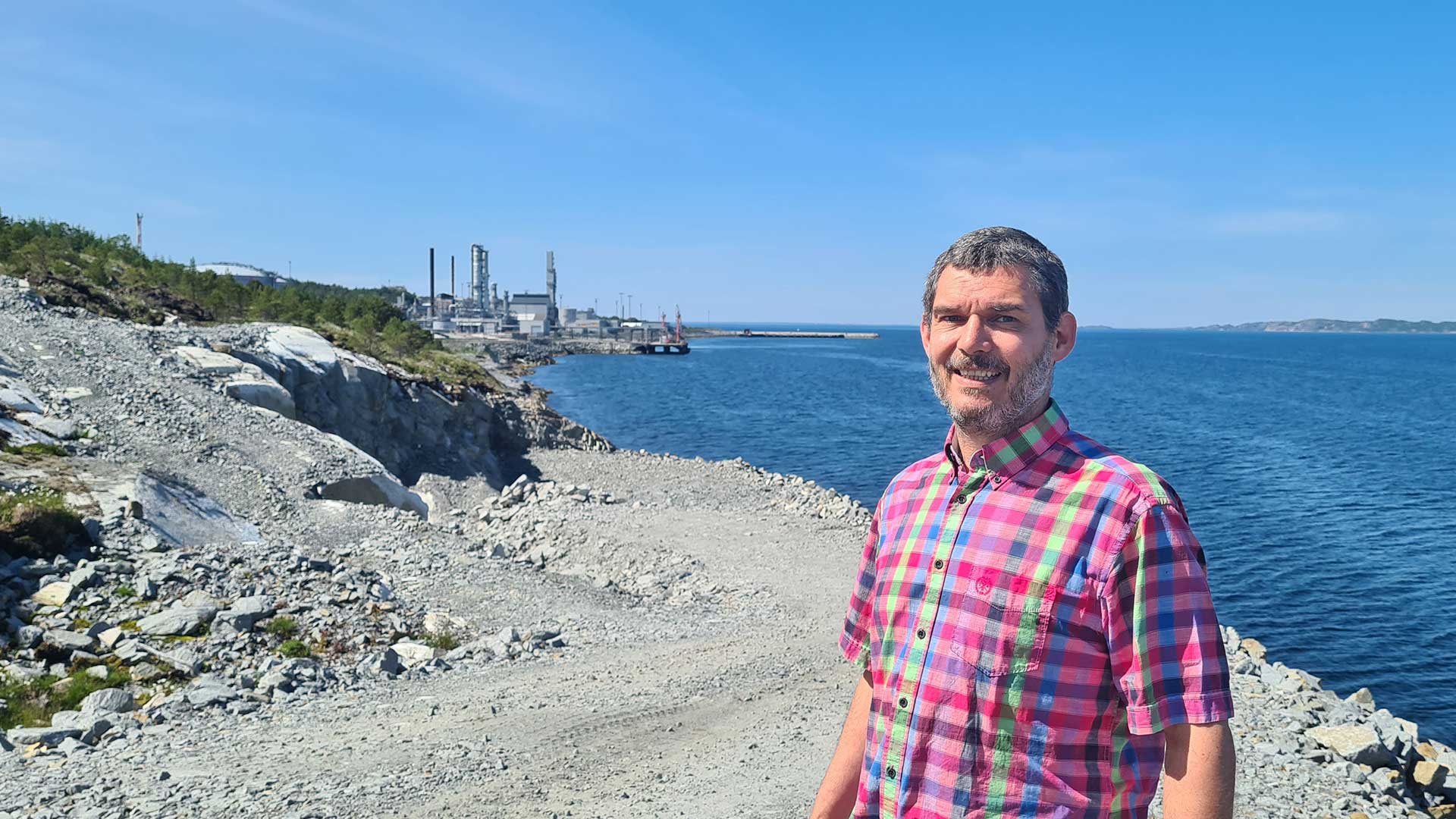The permit permits a maximum standing biomass of 21 000 tonnes, equivalent to 27 licences for conventional fish farming in the sea, an annual output of 36 500 tonnes of head-on gutted (HOG) salmon, or up to 500 000 salmon meals per day throughout the year.
It also allows the production of 30 million smolt per year, which provides great flexibility for the company’s production plans.
Seeking strategic investors
Salfjord has thereby moved into the next phase of this development, and is now working to secure additional strategic and industrial investors in order to implement a new share issue during 2023.
“We’ve worked purposefully on this for a long time, and are very pleased that the permit is now in place,” says Salfjord co-founder and CEO Hans Ramsvik.
“We’re now looking forward to a dialogue in finding the right partners and exploring financing models. Attention in future will concentrate on building the organisation, risk management and speeding up detail design work.”
The estimated price tag for the completed plant, fully developed, is NOK 7-7.5 billion.
Ready in 2026
Ramsvik reports that the aim is for the first phase of grow-out production to be ready in 2026, with the full development generating more than 100 new jobs. A socioeconomic analysis also shows spin-offs creating over 300 jobs regionally, substantial value creation for society and big export revenues.
Salfjord envisages that the completed plant will embrace a hatchery and departments for initial feeding, grow-out, smolts and post-smolt.
Annual production of harvest-ready fish will be about 44 000 tonnes, corresponding to 36 500 tonnes of HOG salmon – or 180 million salmon meals per year.
Plans call for the grow-out department to comprise five identical modules, each with an annual capacity of 7 300 tonnes of HOG salmon, and be based on standardised solutions in order to be able to upscale production efficiently and ensure good fish welfare throughout the facility.
Self-sufficient
“The permit for smolts makes us self-sufficient for these, and gives us great flexibility in relation to our production plans,” says Ramsvik.
“Our upscaling ambitions extend beyond the Tjeldbergodden facility, and we’re expecting to secure planning permission soon for a further location in Aure local authority.”
Margins are currently high in fish farming, with good prices for salmon. Salfjord aims to achieve competitive production costs compared with traditional aquaculture, and will have a sound financial basis even with lower salmon prices.
Close collaboration
Salfjord has opted to work closely with Artec Aqua, whose deliveries include similar technology under a virtually identical turnkey contract to Salmon Evolution a little further south in the county.
“Having Artec Aqua on the team reduces uncertainty for construction time and costs,” says Ramsvik. “Thanks to its hybrid system – a flow-through solution with recycling of up to 65 per cent of the water quantity – we’ll also overcome technological, operational and biological challenges.”
The hybrid solution provides the best cost/benefit effect where water needs to be heated. With the constant provision of 35-40 per cent fresh seawater and a division into closed zones, this technology has already demonstrated that it poses a low biological risk.
Process and risk management
“Risk management plays a key role in our philosophy, and our choice of location, hybrid technology and the right partners is based on risk assessments,” reports Ramsvik. He adds that risk will be managed during production on the basis of modern barrier management as recommended by DNV.
A process and energy simulator has been developed by Salfjord in close collaboration with ABB, and a digital twin of the plant will the used by the company in its process and risk management.
Backed by accurate historical and real-time data, the company will thereby secure close control and optimisation of such production parameters as maintenance, energy efficiency and fish welfare.
Building on experience
“We’re paying close attention to the technology choices made and experience gained by those who’ve already made the move to land,” says Ramsvik. “Building on experience from a developing industry gives us a knowledge base for improving fish welfare and risk management in design and operation.
“Great attention is being paid to biosecurity in order to protect fish health in our own facility and to ensure that our operations contribute to progress for other aquaculture players as well as minimising the impact on wild salmon in the area.”
Plans include cleaning and very strong disinfection of intake and outlet water to prevent illness entering and exiting the facility. Fish transport in and out will be enclosed, with no release of water.
Favourable positioning
The Tjeldbergodden farm will be favourably positioned for supplies of fresh seawater as well as incoming and outgoing logistics. This region also has a strong and innovative supplier industry.
“We’re also looking at circular opportunities, such as utilising waste heat from Equinor’s nearby methanol factory,” explains Ramsvik. “That could help to cut our energy consumption as well as reducing the overall pressure on electricity supplies in the area.”
Inviting others to collaborate
“We want to take the opportunity to invite all our neighbours as well as partners new and old to a dialogue and a collaboration which can ensure overall progress for all players and local communities in and around Tjeldbergodden,” he adds.
“In our view, we can thereby collectively help to boost aquaculture and other industries in the district.”

